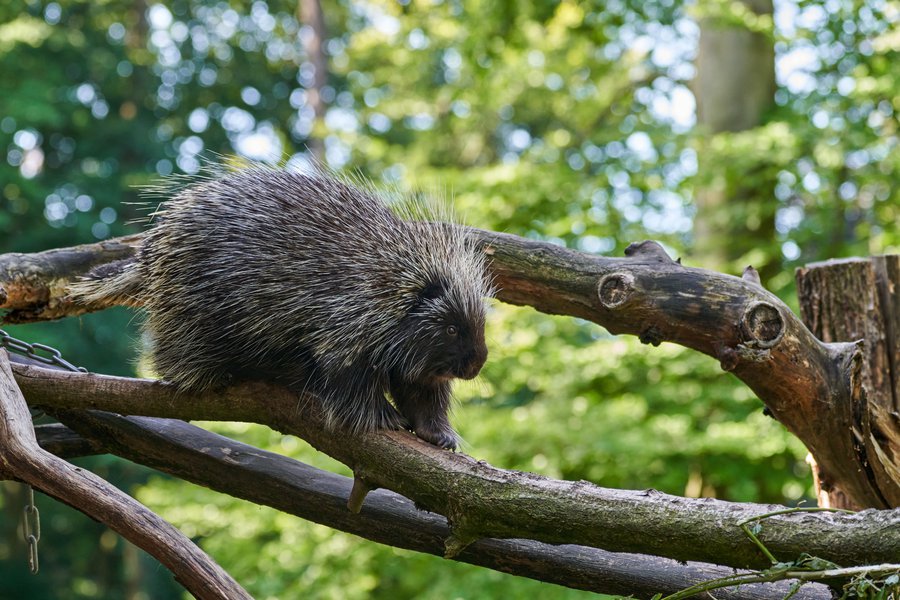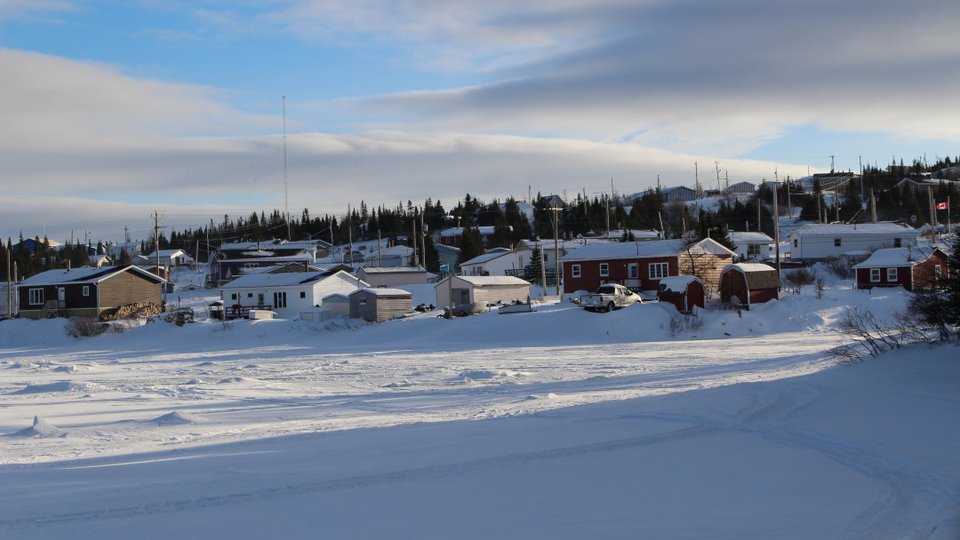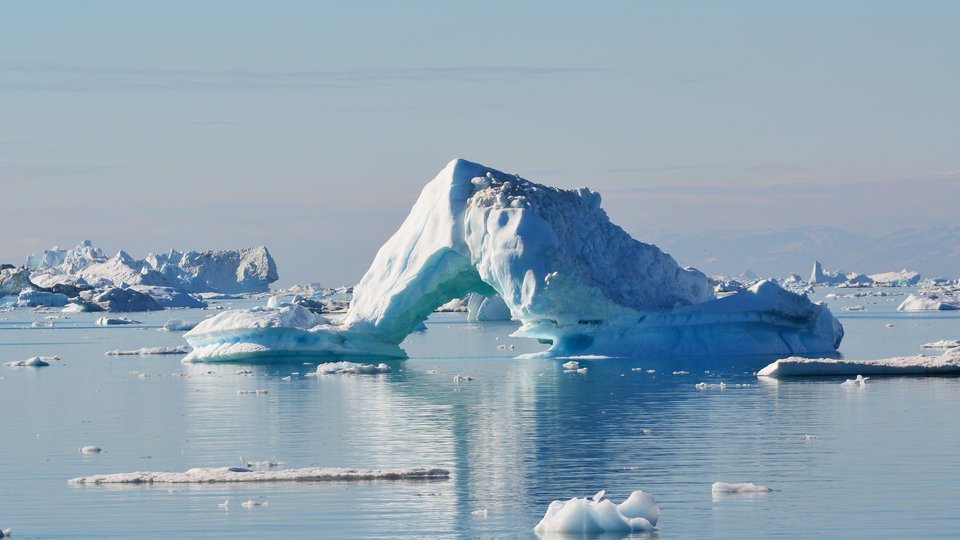
With its drab grey-brown colouring, rolling, drunken gait, and rather Rubenesque physique, the unassuming North American porcupine (Erethizon dorsatum) doesn’t look like much from a distance.
Which is exactly where you want it to stay—at a distance. The word porcupine is derived from the Latin for “young pig” (porkus) and “spine” (spina)—"spiny pig”— and the name is more than apt; wrapped in an armoured coat of more than 30,000 razor sharp quills—approximately one spine for every resident of Whitehorse, Yukon—porcupines are the living embodiment of the phrase, the best defense is a good offense.
When threatened, the hefty rodent—which can weigh up to 10 kg, making it the second largest in North America—puffs out its quills using a special set of muscles, called arrector pili. Common in mammals, as well as birds, arrector pili are the same muscles which allow a dog to raise its hackles when startled, or your own skin to pimple into “gooseflesh” when cold or scared. In porcupines, the muscles push the quills—which are actually hollow, specialized hairs—up and forward to create a thorny, protective crest.
Raising their quills up like this not only gives them a particularly intimidating barrier between themselves and a would-be predator but has the added advantage of making them look “larger and more formidable” says government of Yukon biologist Tom Jung. They also shake and rattle their quills around, swinging their spine-studded tails, which may be why some people mistakenly believe the animals can shoot or throw their quills like darts, which they can’t.
“The quills are designed not just to stick there and be barbed, but to migrate through the body, sometimes into vital organs.”
“You always hear people talking about porcupines “throwing” their quills, but they really don’t do that,” says Jung. “The quills along their back and tail especially are very loose… and so when they swing their tails, sometimes they shake off, but they don’t throw them.”
“What (porcupines) will often do is try and protect their face, so that an animal has to come from the back end… because their face is vulnerable,” he adds. “They present their back end with the tail wagging and all those really big quills sticking up …and that's what a predator is going to get a mouthful of.”
A single encounter with a porcupine—even a casual sniff, a curious poke with a paw—can unleash hundreds of quills, and a porcupine who has recently been in a skirmish can often be identified by a bald patch where some careless beast has made the mistake of touching it.
The quills are made up of keratin, just like your own hair and nails, says Jung; these lost quills will grow back over time, usually at a rate of around half a millimeter a day, which is about the same rate as human hair.
It’s not simply that porcupines are prickly and therefore painful to touch—the secret to their incredibly effective defense mechanism is much more elegant (and insidious) than it appears.
Firstly, each and every one of a porcupine's quills is studded with tiny barbs; they don’t just slide in and come out like a needle, but embedded themselves into the flesh and catch, like a fishhook. This makes removing the quills—even for a person—tricky and painful; doing so incorrectly can cause the tip or barbs to break off inside, increasing the risk of infection. Correctly and safely removing quills—from yourself, or, more likely, the family dog—is best left to professionals in most cases.
Secondly, once the quills have latched into skin, they don’t just stay stuck where they are—they’re designed to migrate inward from the original wound site, worming deeper and deeper into the flesh at a rate of up to 1 mm an hour if not removed.

The word porcupine is derived from the Latin for “young pig” (porkus) and “spine” (spina)—"spiny pig” (Photo: Adobe Stock)
“The quills are designed not just to stick there and be barbed, but to migrate through the body, sometimes into vital organs,” says Jung.
This means that, for a would-be predator, even approaching a porcupine can be a costly, possibly even fatal mistake; not only are they unlikely to get a meal, the injuries they incur in the failed attempt may leave them lame, blind or even unable to eat.
As a result of the high risk they represent, for many animals going after a porcupine is an act of desperation, undertaken only when starvation or illness leave them no other choice. In one particularly grim example, in November 2018, a grizzly bear tragically mauled and partially ate a woman and her newborn baby on a remote trapline northeast of Mayo, Yukon; the animal was shot and killed by the woman's husband. A necropsy found the bear underweight and in poor health, having recently eaten a porcupine—very unusual prey for a bear— with the quills still embedded in its face, paws, mouth and digestive tract, the severe pain and injuries from which are thought to have been a factor in this rare episode of bear-human predation.
While essentially being a living pincushion makes the unappetizing (and possibly deadly) prey for most animals, some predators have learn to successfully hunt and eat porcupines, says Jung, including wolverines, wolves and fishers (a type of weasel). Often, they’ll accomplish this by going at the less-protected head, avoiding getting a face-full of quills by avoiding the rear-facing spines.
“Once the porcupine is down or fatally wounded, the predator flips it over and eats it from the inside—but even then, they’ll likely get some quills,” says Jung.
Even when dead and eaten, however, a porcupine can still get their revenge, sticking their predators as they feed—quills that keep moving and don’t stop unless removed or they come out the other side. In a survey of around 400 necropsied wolverines the Yukon department of environment looked at one season, 5 per cent had porcupine quills inside them, Jung notes.

When threatened, porcupines puff out their quills using a special set of muscles, called arrector pili. (Photo: Adobe Stock)
“Some of the (injuries) were spectacular—like a quill through the heart. One went right through the bone and was lodged in the intestine….it’s amazing where some of these quills ended up in these wolverines.”
As highly effective as the porcupine’s prickly coat is against predators, it causes some obvious complications—perhaps most obviously, how two largely, unwieldy balls of spines are supposed to successfully mate. The answer—aside from the obvious—”carefully”--lays in the rather unusual sexual habits and mating rituals of porcupines.
Mating, which begins sometime in October in the North, involves a protracted courtship, says Jung.
The female in heat places herself[2] in a tree, while males, attracted by her scent—a potent musk of urine and vaginal secretions—converge, fighting each other viciously, even to the death, for the right to woo her. They battle using their sharp incisor teeth alongside their quills, with the heaviest male usually being the winner.
When the victorious male has dispatched the other would-be suitors, he begins an elaborate and long courting ritual—one that is as much for his protection as anything else, because if the female decides she’s buying what he’s selling, he may end up with a face full of quills. In order to win her affections, the male may “sing” to her, hold his genitals in one paw and hobble around in a three-legged walk, or — perhaps most bizarrely of all— stand up with his fully erect penis and dousing her with a jet of urine from up to six feet away.
When the female has accepted her mate and is good and ready—there’s no such thing as non-consensual sex between porcupines— the female allows the male to approach, folding up her tail and laying it flat on her back, where the un-quilled underside acts as a cushion for the two of them to get down to business on.
After that the mammalian mechanics are fairly standard, says Jung, although that’s not necessarily where the questions around reproduction end. A female porcupine, thus successfully impregnated, still must give birth and raise her offspring. Porcupines have an unusually long gestation period for rodents, around 210 days—seven months—says Jung. In May, the female will give birth to just one newborn porcupine; a baby porcupine is called a porcupette and yes it is exactly as adorable as it sounds. At this stage, the porcupette has its quills but—fortunately for the mother—they are soft, hardening a few weeks after birth.
Despite all the care and trouble porcupines go to in order to avoiding sticking each other, their offspring, or themselves on their own quills, injuries of this nature are somewhat inevitable, but the clever rodent has an extra trick up their (very well defended) sleeves—natural antibiotics, found in the fatty acids of their own quills. Studies show that porcupines may benefit from these specialized antibiotics—they seem to be more effective against gram positive than gram negative bacteria—which may help porcupines recover from quill-related injuries, especially related to falls.
This makes porcupines “unique” among other mammals, says Jung.





